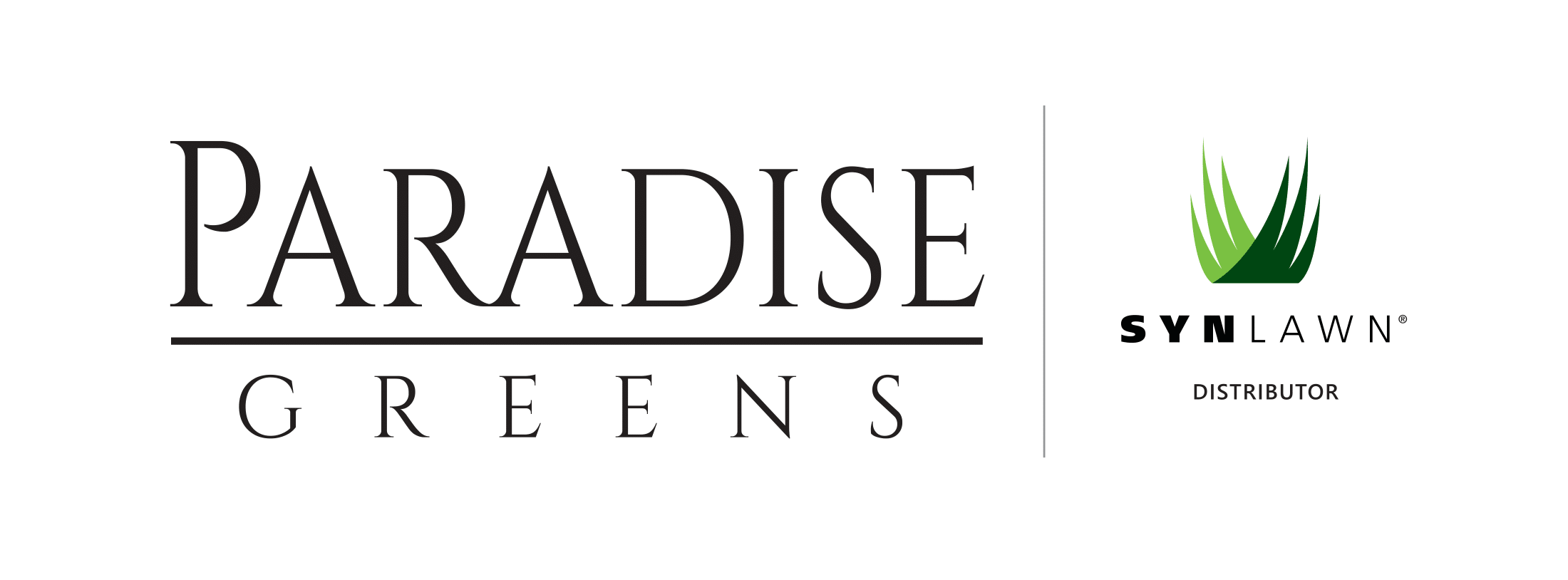Have you ever thought about it? Where it came from? Why its become the thing to have? Who made it? I never really did until today, and it was just more curiosity than anything else. So if I was curious, maybe you are. Therefore, here are some fun facts about synthetic turf history.
All From wikipedia.com:
Here is a fantastic snippet of synthetic turf history. Wikipedia say, “David Chaney – who moved to Raleigh, North Carolina in 1960 and later served as dean of the North Carolina State University College of Textiles – headed the team of Research Triangle Park researchers who created the first notable artificial turf. That accomplishment led Sports Illustrated to declare Chaney as the man “responsible for indoor major league baseball and millions of welcome mats.” This turf first came to prominence in 1965, when AstroTurf was installed in the newly-built Astrodome in Houston, Texas. The use of AstroTurf and similar surfaces became widespread in the 1970s and was installed in both indoor and outdoor stadiums used for baseball and gridiron football in the United States and Canada.”
First Used in Baseball
Artificial turf was first used in Major League Baseball in the Houston Astrodome in 1966. It replaced the natural turf field. Because even though the grass was specifically made for indoor use, it failed. The dome’s semi-transparent Lucite ceiling panels, painted white to cut down on glare, did not allow enough sunlight for grass. For most of the 1965 season, the Astros played on green-painted dirt and dead grass. Now you know an interesting bit of synthetic turf history.
First used in the NFL
In 1969, Franklin Field, the football stadium of the University of Pennsylvania, Philadelphia, Pennsylvania, switched from grass to artificial turf. Also home of the Philadelphia Eagles, it was the first National Football League stadium to use artificial turf. In 2006, Gillette Stadium, the football stadium of the New England Patriots and the New England Revolution, switched from grass to Field Turf due to the conflict of poor weather and hosting many sporting and musical events at the stadium. It is one of 13 National Football League stadiums that have turf instead of grass fields.[1]
Landscaping Today
Since the early 1990s, the use of synthetic grass in the more arid Western states of the United States has moved rapidly beyond athletic fields to residential and commercial landscaping. This trend has been driven by the dramatic improvement in the quality and variety of available synthetic grasses, the reduced cost of maintenance and care compared to natural grass, and the realization that artificial lawns can be a significant water conservation measure in areas where water usage is a concern. In fact, some say it is the future of Arizona.
So there you have it. Very interesting facts about synthetic turf history and how its still growing and evolving.
